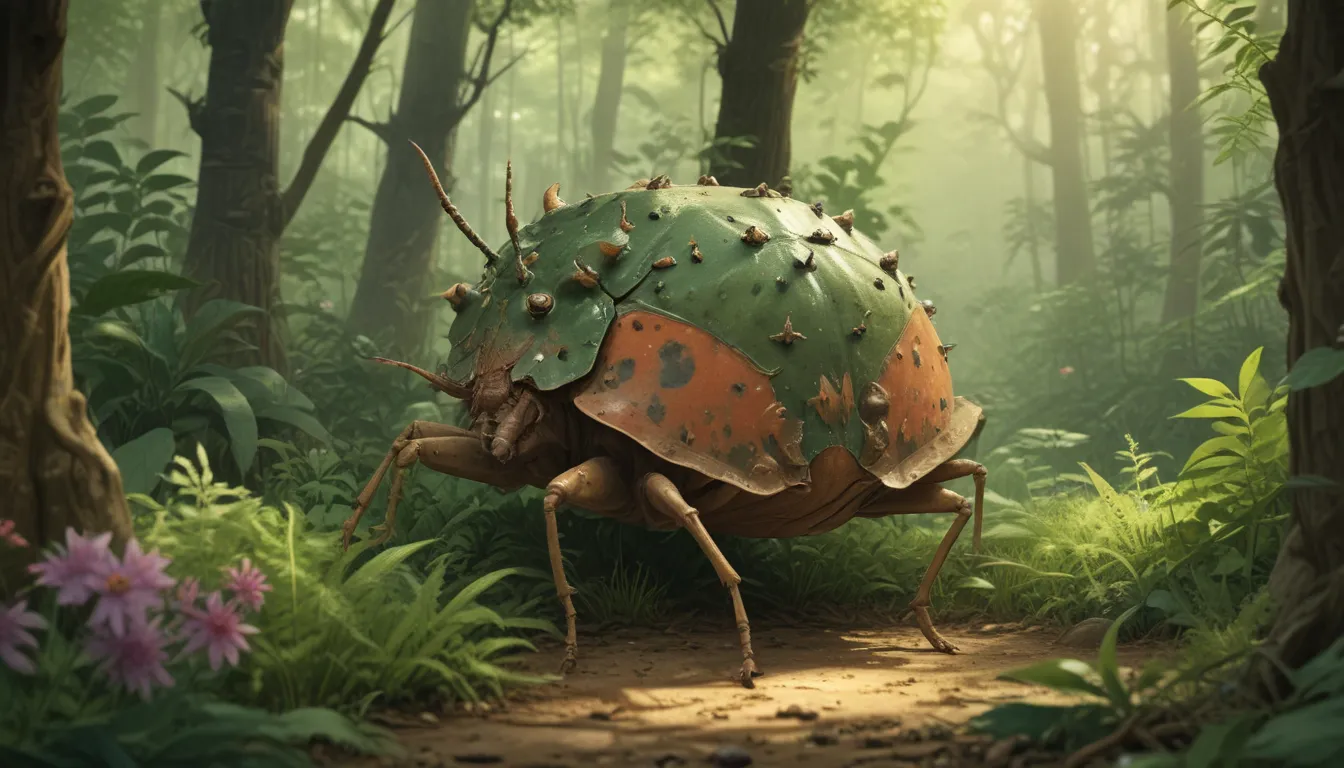Comprehensive Guide: How to Eliminate Stink Bugs in Your Home and Garden

Stink bugs, scientifically known as Halyomorpha, have become a common nuisance in North America. With more than 200 species, these shield-shaped insects can wreak havoc on your garden by devouring fruits and vegetables such as cucumbers, berries, squash, tomatoes, apples, and peaches. Not to mention, the unpleasant smell they emit when threatened or crushed, often compared to skunk, cilantro, or coriander.
But fear not, there are ways to combat these pesky critters and protect your crops. Let’s dive into some effective techniques and strategies to help you get rid of stink bugs in your home and garden.
Understanding Stink Bugs
Before we delve into the solutions, let’s take a closer look at these unwanted garden guests. Stink bugs, often mistaken for beetles, belong to the family Pentatomidae and are characterized by their distinctive shield shape and defensive odor glands.
While some species are native to North America, others like the brown marmorated stink bug have invaded from Asia, inflicting damage on crops and invading homes during the cooler months.
How to Combat Stink Bugs
Tidy Up the Garden
Keeping your garden clean and free of debris is the first line of defense against stink bugs. These insects seek shelter in decomposing logs and plant matter, so regularly clearing dead leaves, weeds, and overgrown vegetation can help deter them.
Additional Measures:
– Remove potential hiding spots for stink bugs
– Clear away decaying plant matter
– Address any standing water sources
Safer Organic Control
Repel stink bugs naturally by planting aromatic herbs and flowers that these pests find unappealing. Examples include garlic, catnip, lavender, thyme, radishes, marigolds, and chrysanthemums.
Attract natural predators of stink bugs such as parasitic wasps, which lay eggs in stink bug eggs, reducing their population. Cardinals, bluebirds, and wrens also feed on stink bugs, so create a bird-friendly garden.
Traps and Pheromones
Set up traps using light and soapy water to capture stink bugs attracted to the light source at night. While commercially available pheromone traps are an option, their effectiveness may vary.
Organic Pesticides and Repellents
Use homemade remedies like garlic spray or neem oil to deter stink bugs from infesting your plants. Insecticidal soap, pyrethrin, and wood ash are other organic options that can help repel these insects.
Commercial Products:
– Neem oil
– Insecticidal soap
– Pyrethrin-based insecticides
Chemical Controls
As a last resort, consider chemical-based solutions such as Sevin to eliminate stink bugs. However, exercise caution as these products can be toxic to humans and beneficial insects like bees and ladybugs.
Tips for Successful Pest Control:
– Follow recommended application rates
– Apply pesticides in the evening
– Wear protective gear when handling chemicals
Ready to Take Action?
Armed with these strategies, you are well-equipped to combat stink bugs and safeguard your garden produce. Whether you opt for natural repellents, traps, or pesticides, remember that a proactive approach is key to managing these persistent pests.
So, are you prepared to tackle the stink bug invasion in your garden? Share your experiences and tips for effective pest control in the comments section below!
Explore More Pest Control Resources:
– Integrated Pest Management Techniques
– Carpenter Bee Prevention Strategies
– Identifying and Managing Squash Bug Infestations
Remember, a healthy garden starts with effective pest management practices. Stay vigilant, stay informed, and enjoy the fruits of your labor without the unwelcome presence of stink bugs.





